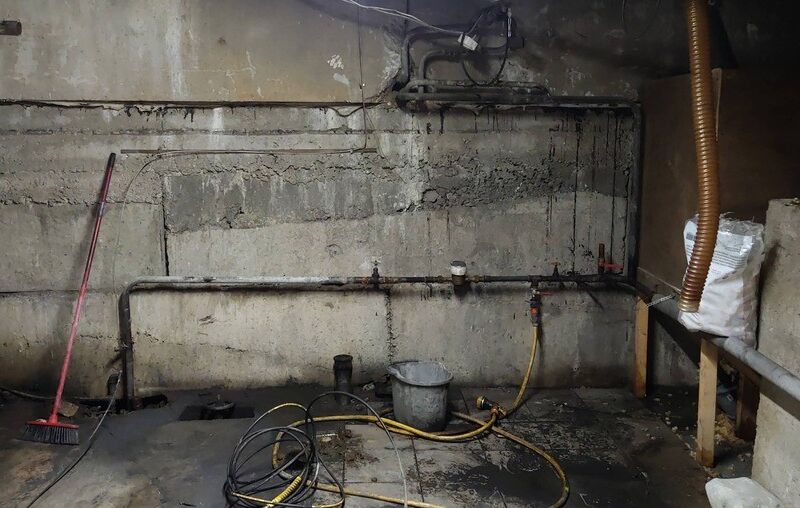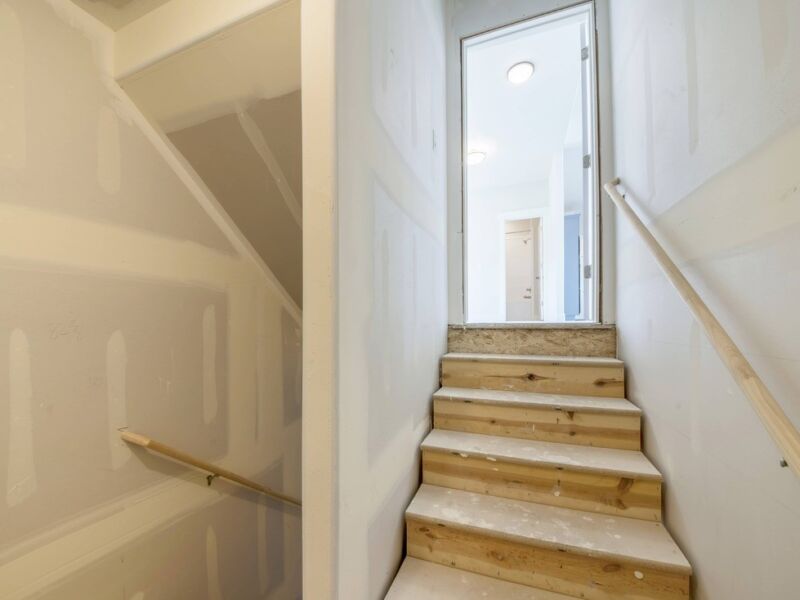
Why Insulate Basement Pipes?
Insulating your basement pipes is essential to prevent freezing and potential water damage. When temperatures drop, the water inside the pipes can freeze, causing them to expand and potentially burst. This can lead to significant water damage in your basement, as well as costly repairs.
The Benefits of Insulating Basement Pipes
Insulating your basement pipes offers several benefits:
- Preventing freezing: Insulating your pipes helps maintain a consistent temperature, preventing the water inside from freezing.
- Protecting against burst pipes: By insulating your pipes, you reduce the risk of them bursting due to freezing, which can lead to extensive water damage.
- Increasing energy efficiency: Insulating your pipes can help reduce heat loss, saving you money on energy bills.
- Preventing condensation: Insulated pipes are less likely to experience condensation, reducing the risk of mold and mildew growth.
How to Insulate Basement Pipes
Insulating basement pipes requires proper technique and materials. Follow these steps to effectively insulate your pipes:

1. Assess your pipes
Begin by inspecting your basement pipes to determine the type and size. In most cases, you’ll find copper or PVC pipes running along the walls or ceiling. Measure the diameter and length of the pipes to ensure you purchase the correct insulation materials.
2. Choose the right insulation material
There are various insulation materials available, including foam pipe insulation, fiberglass pipe wrap, and self-sealing pipe sleeves. Consider factors such as cost, ease of installation, and insulation effectiveness when choosing the right material for your pipes.
3. Prepare the pipes
Clean any dirt or debris from the pipes’ surface, as this ensures proper adherence of the insulation material. Use a damp cloth to wipe away any grime or dust that could affect the insulation’s performance.
4. Install the insulation
Follow the manufacturer’s instructions to install the insulation material. In most cases, it involves wrapping the insulation around the pipes and securing it with adhesive or tape. Make sure the insulation completely covers the pipes to provide adequate protection.
5. Seal any gaps
Inspect the insulation for any gaps or openings. Use adhesive or tape to seal any areas where the insulation may be loose or not properly covering the pipes. This helps maintain the insulation’s effectiveness.

6. Insulate exposed fittings
Don’t forget to insulate any exposed fittings, such as valves or joints. These areas are prone to freezing and should be properly insulated to prevent damage.
7. Monitor regularly
After insulating your basement pipes, regularly monitor them for any signs of damage or wear. Insulation may deteriorate over time, so it’s important to check for any gaps or areas that need repair.
Frequently Asked Questions (FAQs)
Is it necessary to insulate basement pipes?
What insulation material is best for basement pipes?
Insulating basement pipes is a crucial step in preventing freezing and water damage. By following the proper insulation techniques and using the right materials, you can protect your basement from costly repairs and ensure the longevity of your pipes.
For professional water damage restoration services and expert advice, contact the JGW Group Water Damage Restoration Deerfield Beach at 754-294-5717. Visit their website to learn more about their services and read helpful articles on water damage prevention and restoration.



